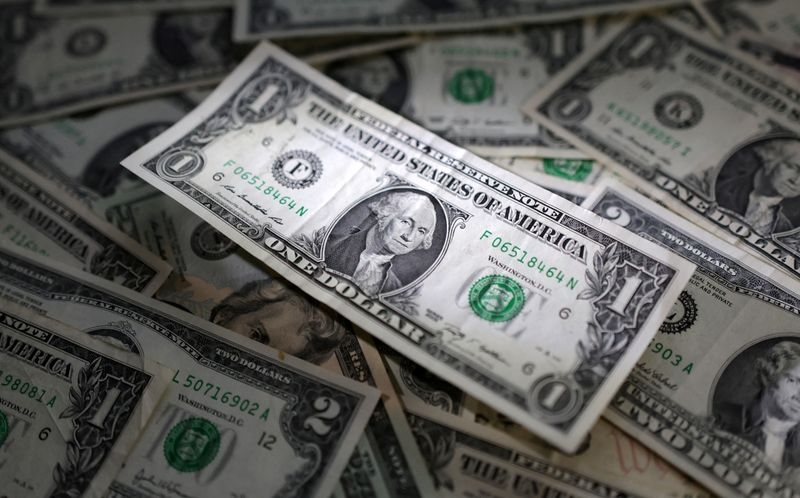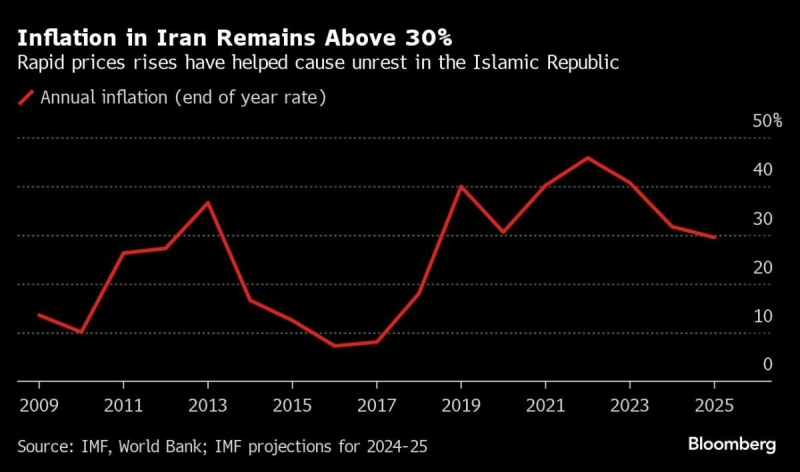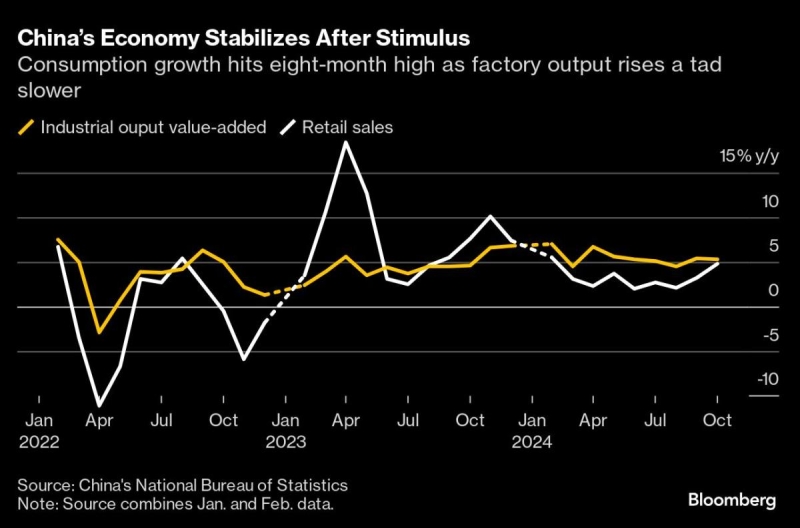
By Kevin Buckland
TOKYO (Reuters) – The dollar traded near a four-week high versus the euro on Thursday after signs of some stickiness in U.S. inflation reinforced expectations that the Federal Reserve would avoid a super-sized interest rate cut next week.
Meanwhile, a quarter-point rate reduction from the European Central Bank (ECB) is widely expected later on Thursday, with investors anxious for hints on how soon the monetary authority will cut again.
The dollar gained against the yen, following a turbulent session on Wednesday that saw the U.S. currency plunge as much as 1.24% to the lowest this year before recovering all its losses after the consumer price data.
Early on Wednesday, Bank of Japan board member Junko Nakagawa reinforced the central bank's tightening bias by saying low real rates leave room for further rate hikes. Another BOJ board member, Naoki Tamura, takes to the podium on Thursday.
The U.S. consumer price index (CPI) rose 0.2% last month, matching the advance in July. But excluding the volatile food and energy components, the gauge climbed 0.3%, accelerating from the previous month's 0.2% increase.
As a result, traders essentially priced out the chances of a 50-basis point (bp) rate cut on Sept. 18, paring the odds to 15% versus 85% probability for a 25-bp reduction. However, there are still 104 bps of cuts priced by year-end, meaning markets still expect a 50-bp cut at either the November or December meeting.
The dollar rose 0.38% to 142.905 yen as of 0031 GMT, after dipping as low as 140.71 on Wednesday for the first time since Dec. 28 following Nakagawa's comments.
However, the failure of the yen to sustain its gains "has left signs of downside capitulation at the 140.71 low, … opening the way for a recovery back towards 145.50," said Tony Sycamore, an analyst at IG.
The dollar-yen pair tends to track U.S. long-term Treasury yields, which bounced back forcefully after dipping to a 15-month low of 3.605% on Wednesday, and were ticking up in Asian time on Thursday to last stand at 3.6609%.
The euro eased to $1.1007, sticking close to Wednesday's low of $1.1002, the weakest since Aug. 16.
The ECB lowered its deposit rate to 3.75% in June and an array of policymakers have already backed another cut, suggesting their debate is likely to focus on how quickly borrowing costs need to fall in subsequent meetings.
Sterling edged lower to $1.30360, after dipping as far as $1.30025 in the previous session for the first time since Aug. 20.
The Swiss franc was also on the back foot, with the dollar gaining 0.08% to 0.8529 franc, after touching the highest since Aug. 21 at 0.8544 franc on Wednesday.
(Reporting by Kevin Buckland; Editing by Christopher Cushing)





